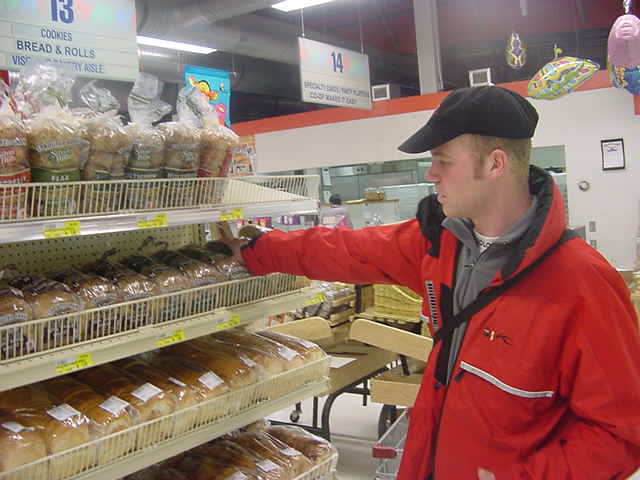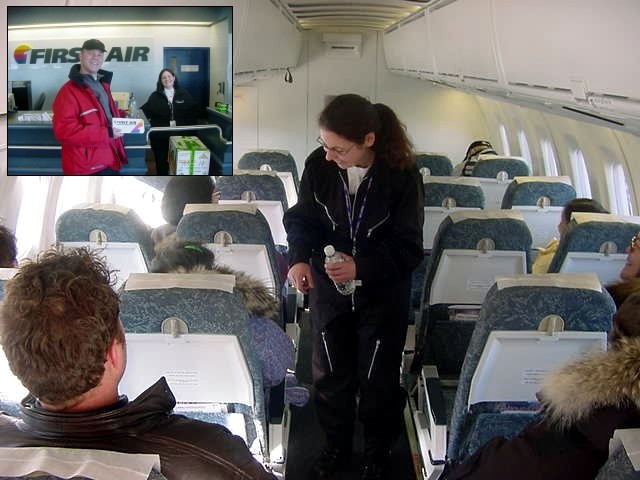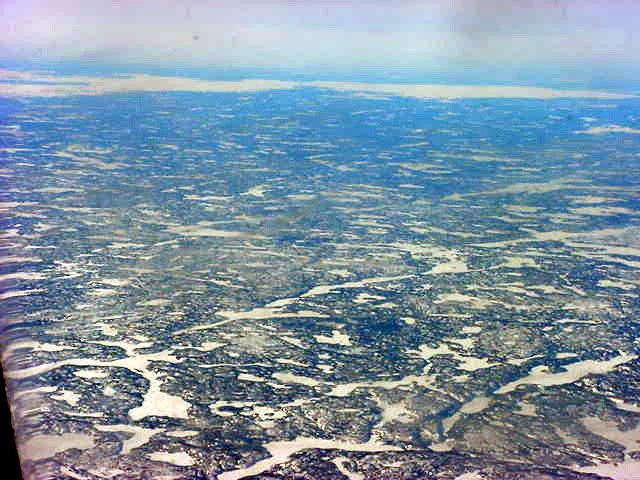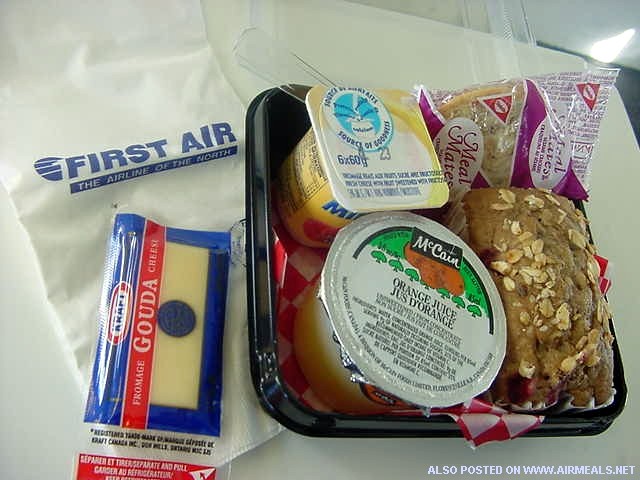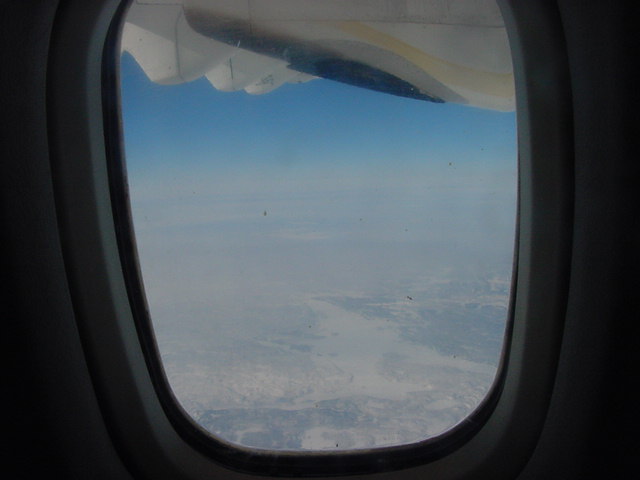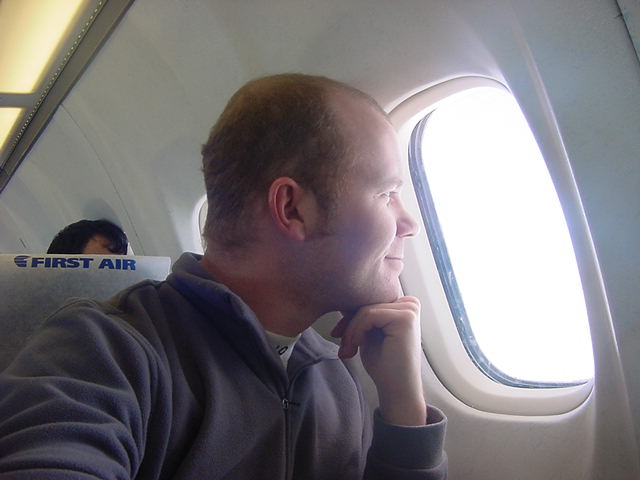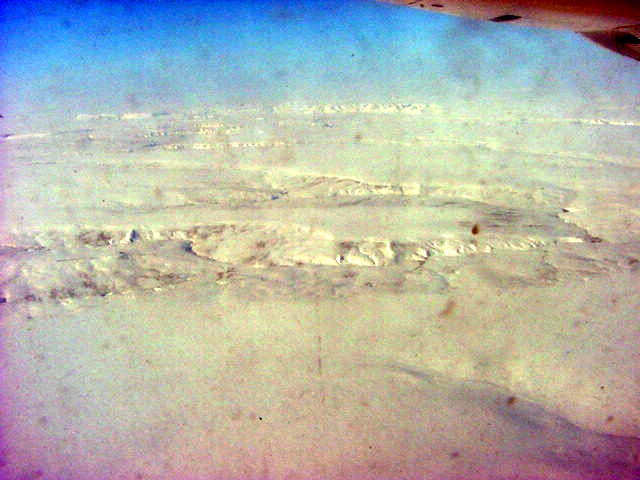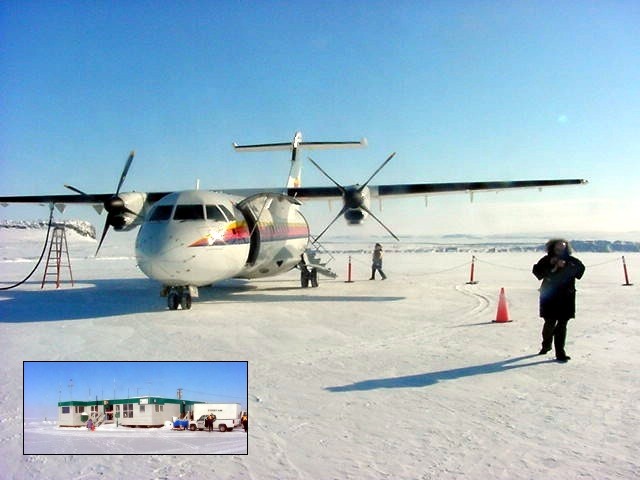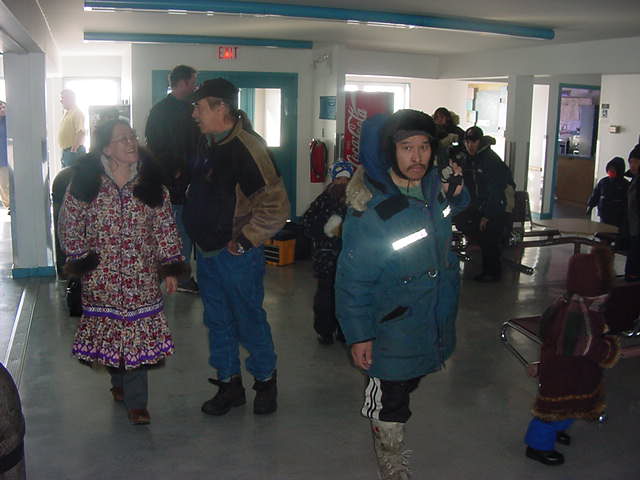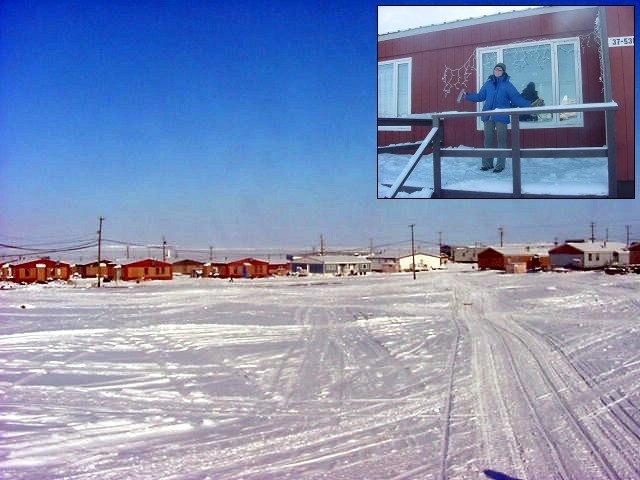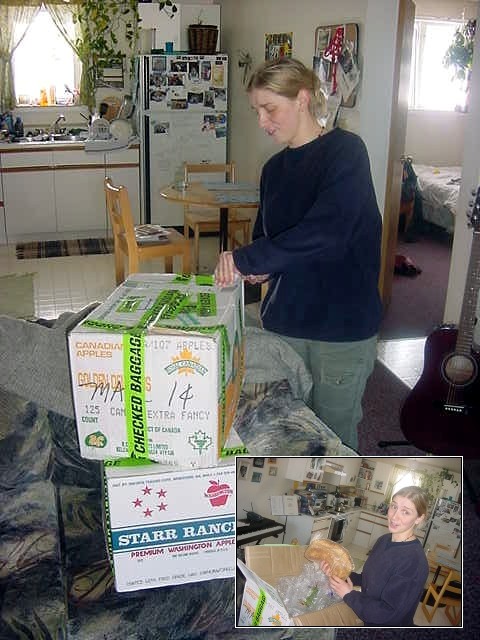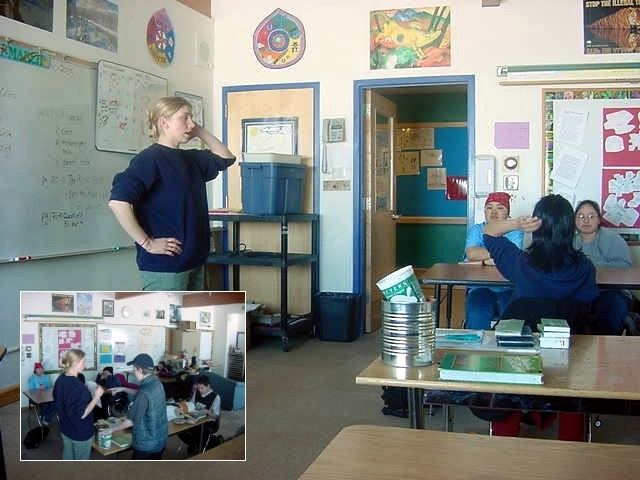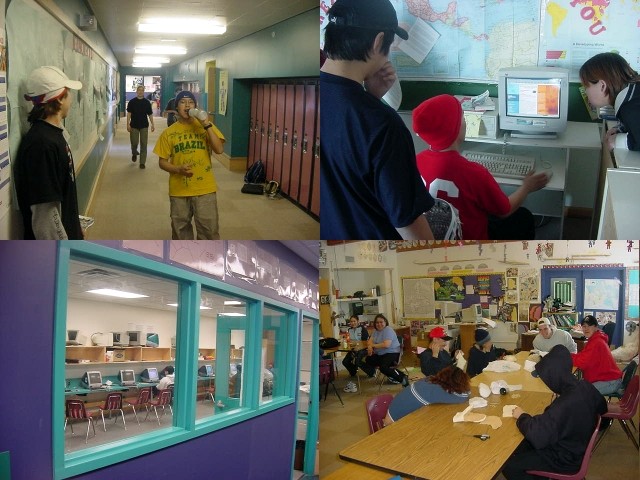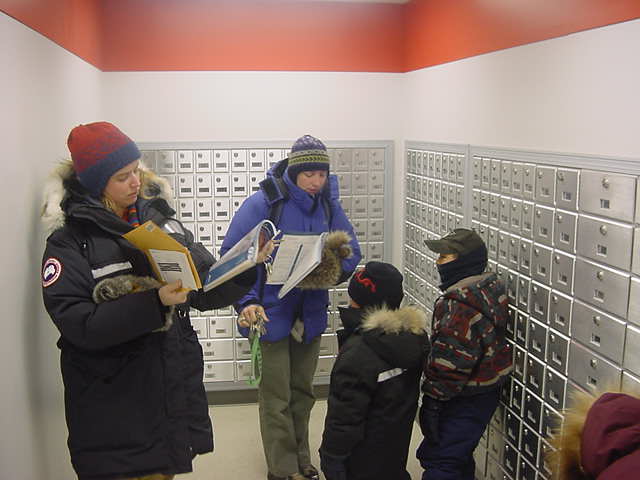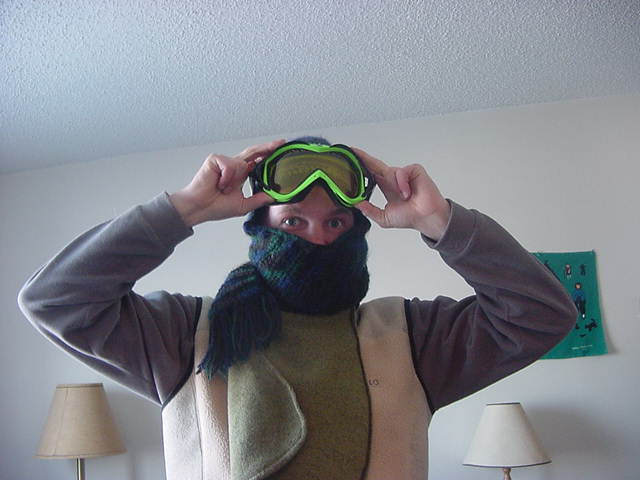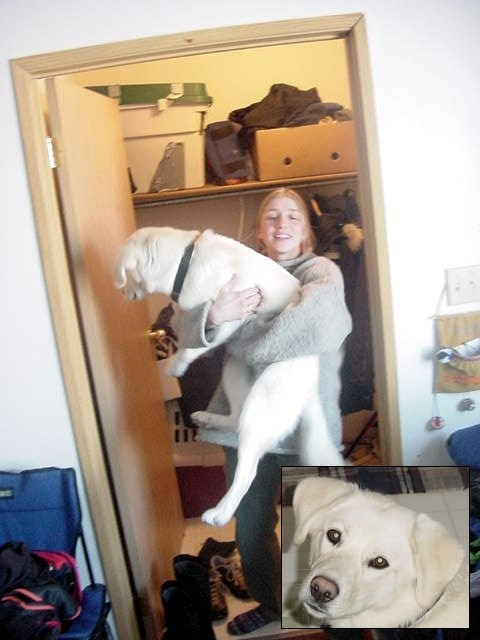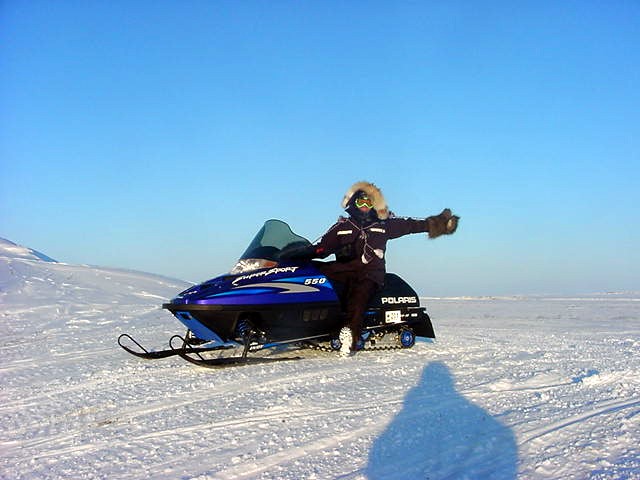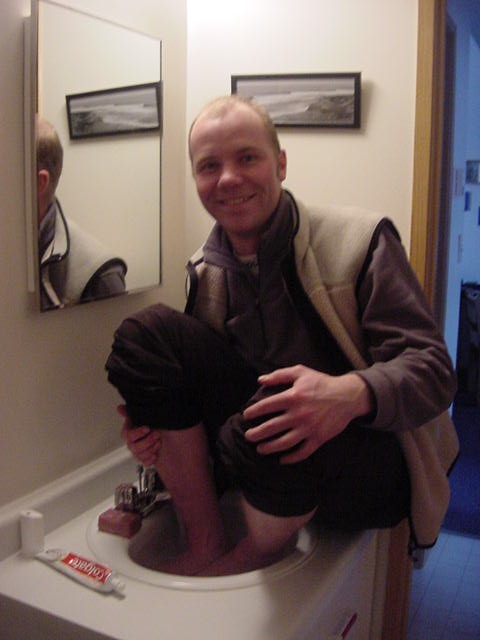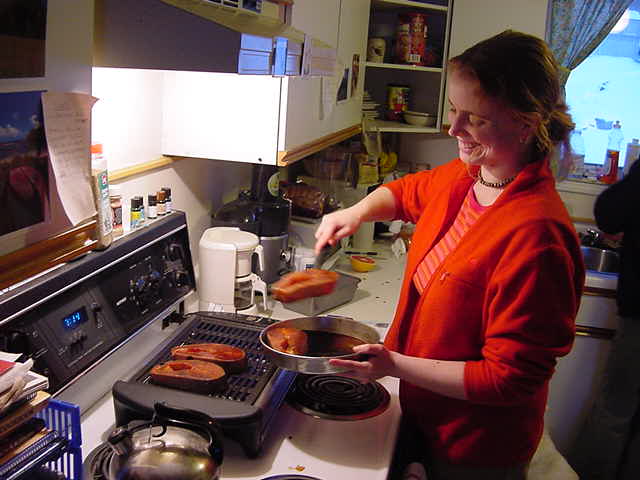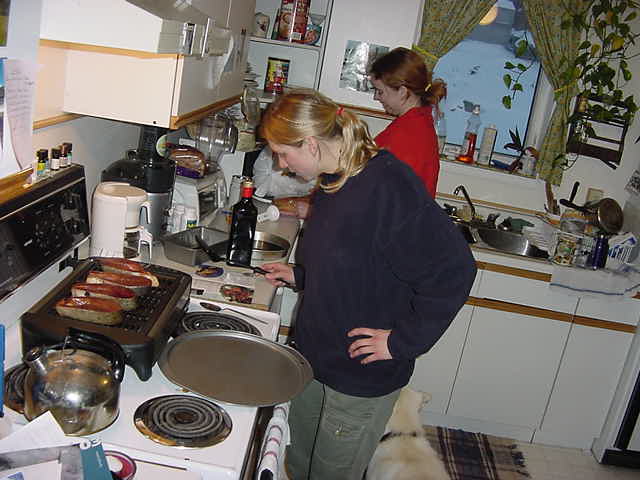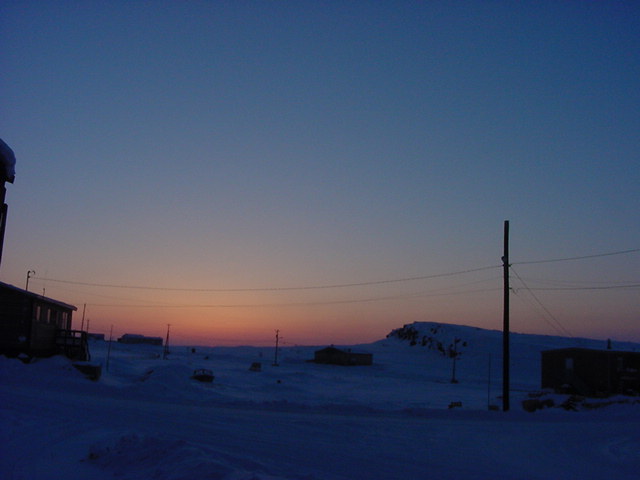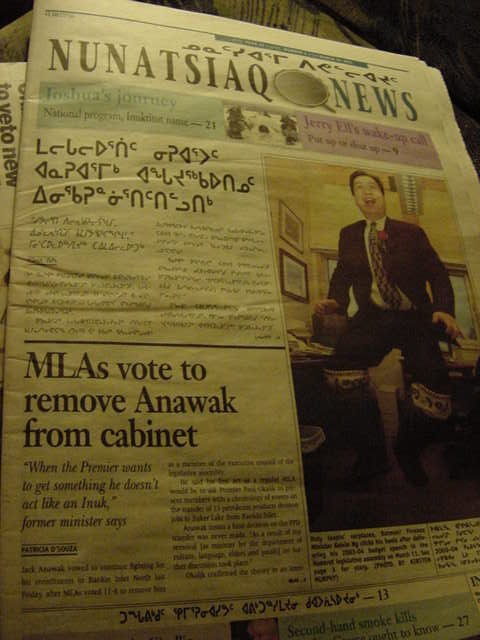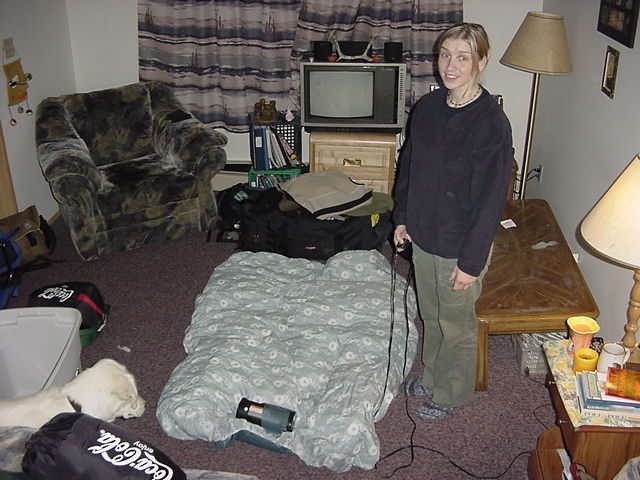
Letmestayforaday.com
sponsors always were:

www.ODLO.com

www.pac-safe.com
During my travels newspaper columns were published weekly in the Dutch daily newspaper

This project has been supported by these great and warmhearted companies:
Netherlands:
Paping Buitensport,
ODLO,
IPtower.nl,
AVRO Dutch Broadcasting Org.,
Travelcare, TunaFish,
Book A Tour, StadsRadio Rotterdam; UK:
Lazystudent, KissFM, The Sunday Times,
The Guardian; Isle of Man: SteamPacket/SeaCat; Ireland:
BikeTheBurren;
Belgium: Le Temps Perdu, Majer & Partners; Austria: OhmTV.com;
Norway:
Scanrail Pass, Hurtigruten, Best Western Hotels; South Africa:
eTravel, British
Airways Comair, CapeTalk,
BazBus;
Spain:
Inter Rail, Train
company Renfe; Australia: Channel
9 Television, Bridgeclimb, Harbourjet, SeaFM Central Coast,
Moonshadow Cruises, Australian Zoo, Fraser Island Excursions,
Hamilton Island Resort, FantaSea Cruises, Greyhound/McCafferty's Express Coaches,
Aussie Overlanders, TravelAbout.com.au, Travelworld,
Unlimited Internet,
Kangaroo Island SeaLink,
Acacia Apartments; Malaysia: Aircoast; Canada: VIA rail,
Cedar Springs Lodge,
BCTV/GlobalTV,
St. George Hotel,
VICKI GABEREAU talkshow,
Ziptrek Ecotours,
Whitler Blackcomb Ski Resort,
Summit Ski & Snowboard Rental,
High Mountain BrewHouse,
Cougar Mountain Snowmobiling,
Whistler Question Newspaper,
Snowshoe Inn,
First Air,
Nunanet.com,
Canadian North
Accommodations by the Sea,
DRL Coachlines Newfoundland,
The National Post and
Air North.
Reports
During my travels, I received free accommodation for a night in exchange for writing a daily travel diary. This diary documented how I reached my next destination, the hosts who welcomed me, the food I was offered, and other experiences along the way. Below, you will find the archives of these extensive reports. Please note that English is not my native language, and most entries were written quickly, often around midnight. Enjoy!Thursday, 27 March 2003
Yellowknife, NWT --> Kugluktuk, Nunavut, Canada
The plan was to leave Yellowknife yesterday afternoon, but because of an error in my brains I mixed up the arrival time in Kugluktuk with the departure time in Yellowknife, so I was a bit late at the local airport. Fortunately it was no problem for Jeff Philipp and his family (“Heck yeah, you have been here for five days now anyway…”) and the flight ticket could me easily be moved another day and today I flew to the Upnorth!
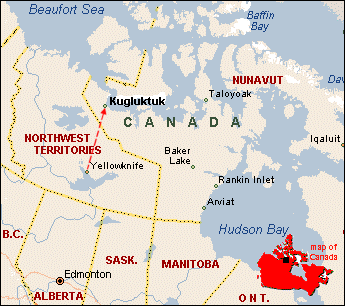
Before I left Yellowknife, I needed Jeff for one very unusual but important occasion. I had to do groceries for my hostess up north. Because a variation of foods is very limited and expensive there, she had asked me if I could take some with me from Yellowknife. Jeff could pay in advance and then I would repay Jeff again next week (when I’ll return from Kugluktuk to Yellowknife).
So at 9am Jeff and I went shopping at the local Co-op supermarket (COmmunity-Owned and Produced) in Yellowknife, and we bought apples, grape fruits, salad, fresh baked bread, cheese, and much more, to fit two carton boxes that get on the plane as my luggage.
I checked in at the airport at 10am. I will be staying in Kugluktuk until next week Wednesday and then return to Yellowknife again, before I would head out off Yellowknife towards Iqaluit (all the way up east in Canada on Baffin Island!) so I would see Jeff again next week.
It is totally on account of the energy that Jeff gave in that I could fly up to Kugluktuk for FREE!
He not only helped me getting up north (also as the only person who invited me in Yellowknife), but knew members of the board of directors at First Airp, the company that is the only one that flies there. And when Jeff told them about my special way of travelling and the need to see the north within what I do, they were happy to help me out with an over $900 ticket, for free!
I am dressed warm because the expected weather in Kugluktuk is -25 degrees Celsius at the highest. I checked that on the web last night; when it’s windy, the temperature even goes down to -40. I have never experienced something like that yet and I was looking forward to it.
And with flying up north I will be crossing the Arctic Circle, as Kugluktuk (formerly known as Coppermine) is some 600km from Yellowknife.
On board the two-propeller ATR-42 plane I was offered a lunch bite just after departure at 10.40am. In less than two hours I saw how the scenery changed. Suddenly the trees disappeared and were there only frozen pools of water (white) and rocks (elevated white) to see. Just a bit later it all transformed in all-white without any contrast. I did not know if I was looking on clouds or snow, or if the plane was a flying a few hundred feet high or just three meters.
One thing is for sure: you don’t want to get stuck here!
In the plane I could not believe that I got the opportunity to get all the way up north. This is very special to me and I have been really hoping to get really far north. I already talked with friends at home, before heading to Canada, when looking at the map of the country. “Wouldn’t it be just fascinating to see how people live up there too?”
It’s unbelievable! How many people can ever travel the world and get this far without any money?
Into the great white open, a rebel without a clue…
At 12.15 the plane landed on this snowy and icy landing strip. As far as I could see through the window, I was in the middle of nowhere. I got off the plane and had to walk to this little arrivals building. It was then I noticed it was pretty cold. Pretty pretty cold! I immediately felt my nose holes crack together. It was the kind of cold you don’t want to be in too long, or you’ll just freeze.
At the arrival’s I met up with the taxi driver that had to pick up a few people and when we got the entire luggage, and my boxes of groceries in the van, we were ready to go to town from here. It was interesting; other people were all picked up by skidoos, which seem to be the usual way to get around here.
Kugluktuk
I have arrived in Kugluktuk, in the territory called Nunavut. This is where the Inuit people live.
Home to only around 28,000 people, the new Nunavut territory covers a fifth of Canada’s land surface, an area five times the size of California. This is the land of the vast caribou migrations, musk oxen, polar bears and endless kilometres of fish-filled lakes and rivers.
An interesting fact is that the entire region has just 21km of highway, with the capital Iqaluit on Baffin Island serving as home to nearly one-fifth of the territory’s population.
Long an vague political entity administrated not as a semi-autonomous province but by the federal government, the Northwest Territories was formally superseded on April 1, 1999, by a land treaty which divided the old territories in two and created a new central and arctic territory called Nunavut (meaning “our land” in the Inuit language Inuinnaqtun).
Inuit people
Distinct from all other Canadian aboriginal peoples, the Inuit are the dominant people of a territory that extends all the way from northern Alaska to Greenland. Nowadays they are increasingly confined to reserves, the once led a nomadic existence in one of the most hostile environments on earth, dwelling in domed igloos during the winter and skin tents in the summer, and moving around using kayaks or dog sleds.
You might be surprised to discover that you already know one of two words of the Inuit language. Words like anorak, kayak and igloo have found their way into English. The Inuit speak two main languages and there are many regional dialects of these spoken across the Arctic. The Inuit of Siberia and Southwest Alaska speak Yupik, while in the rest of Alaska, Canada and Greenland they speak Inuktitut. The people call themselves Inuit, which is usually translated as ‘real people’. Inuk is the singular. They prefer this name to Eskimo, which comes from an Algonquian word meaning ‘he eats raw meat’.
Kugluktuk
Kugluktuk (population 1,300) lies astride the Coppermine River and is still on the Canadian mainland (the river lends Kugluktuk its name, which means “place of rapids or moving water”). The river has long been of primary importance in the region. Copper Inuit, so called because they fashioned tools and weapons from copper, converged at its mouth for a millennium to fish and hunt. In the twentieth century, as the numbers of caribou in the interior have declined, the Inuit have increasingly abandoned their semi nomadic ways to settle on the Arctic coast. Today hunting and fishing still play a part in generating local income, though latterly gas and oil exploration have also contributed to the local offers.
Kugluktuk seems to look like a pretty normal town; it could have been a suburb of Yellowknife. The houses are made of ordinary wood (no igloos). And skidoo tracks are the main methods of transport up here.
I met up with Rebecca (Becky) Harding at her humble home. She was really excited to finally meet me and she was amazed by the amount of groceries I had bought in for her. In her warm and cosy home she unpacked the boxes and with every item she became happier! “This is like Christmas, you know!” she said, followed by gasps for breath with “Oh, cheese! Oh, chocolate cookies!” and the best: “Oh my God, chocolate-vanilla-strawberry ice cream!”
Becky is a teacher at the local high school and has been living here for the last three years. She originates from the province of British Columbia and found the chance to become a teacher up here. “I saw a sign in Vancouver that they were looking for teachers in Nunavut. It is so much different here,” she told me. “There is another culture here, and we, the minority whites, are trying to give them education. But fifty years ago the Inuit people still lived in igloos and hunted moose, oxen and polar bears for food. Within fifty years they got microwaves, satellite television (even with stations broadcasting in the Inuit language) and DVD-players! Heck – some entire families watch Days of our Lives every day!”
I started to understand her story after she took me to her school. It seemed I arrived right on time during the lunch break. Becky teaches social studies, science, English, mathematics, art, music, health and and is the mentor of one class of 14-year-olds.
I was already heavily talked about at the school and when Becky introduced me to her class, everybody got shy. Or opened a big mouth instead. It was clear they don’t get many visitors from out of town here. “You can ask him anything,” Becky said, “just keep it clean.”
A few kids in the class wanted to teach me some language of them and asked me to repeat their words.“Uwe-ata-nas-iam.” You try it too!
And they got me with that one, because if you say it fast it simply means ‘Ooh-what-an-ass-I-am’ in normal English! Ha-ha! Silly me!
Only one kid in the class was a non-native, the rest were children of the local Inuit. Between the classes Becky told me her worries, about how her 6th grade class is still at 4th grade.
“They think different. It’s not that they ask something and you answer to them, like we teachers are used to in schools. And among themselves they talk through facial expressions. Wide-open eyes means yes, tight-eyes means no.”
It was fascinating to see the interaction between the kids and the teacher. It seemed that with this visitor in the room, they had to provoke a bit and act cool towards me. I visited a few classes next door and while the teacher was trying to teach them something, one person would just lay flat on his desk and scream “Wazzup, man!” to me. When I ignored it the first time, trying to give the example of listening to the teacher, the kid would just scream louder to get my attention. For the teacher it seemed useless to correct this behaviour and I could totally understand this.
I spoke a few of the other teachers and she explained that this school system could be compared with colonialism. “We are the white people entering their life and culture. We are still in the minority here and we are trying to change the lives of these people here by offering them education. But the parents have never been to school, so the kids don’t learn that it can be an important priority in life to get a degree in something. The motivation to get the kids to do something is very low.” Becky said something similar: “They don’t get homework from me, because they don’t do it anyway. They will get there assignments at school and they will do it in class. Or not at all.”
And then there is the problem of alcoholic parents that can’t raise their kids, teenage pregnancy, and kids whose mothers were mainly drunk during pregnancy. “It could be very possible that a lot of brains here are just pulp…”
While being toured around the school by a few of Becky’s students, I noticed the difference. They would repeat the fact that ‘I travel around the world for free’ and be amazed by it. But I could see from their expressions they have no idea what the world might be. Then questions would come about my age and they even asked if I was Becky’s new boyfriend. It was simple small talk.
After school Becky and her teacher friend Jeanny (she is originating from Regina, Saskatchewan) took me along to the post office to collect their possible mail (Jeanny has a subscription to the Globe and Mail On Sunday, but receives the paper two weeks later). I met up lots of locals along the road they socialize with, and to pick up some warmer clothing for me at Jeanny’s place.
I had already noticed that my face was getting numb when I was out for a few minutes. That while I my head was totally covered by a balaclava. It seemed that really everything has to be covered here, to prevent frostbite. I even had to wear ski goggles to cover my eyes as we walked through the snowy and icy roads of Kugluktuk.
Skidoo tour
Back at Becky’s place we got on her skidoo as she loved to go for a drive with me. Becky also had to take out Nanuk, her husky dog, for a walk anyway. With me behind the wheels of her 2-persons skidoo (I love it too) and totally covered in a big and warm parka with a fur-lined hood, we left the residential areas of Kugluktuk and with Nanuk running behind us we drove on the snowy patches that seem to go on continuously for miles and miles.
We arrived in a small valley, where the Coppermine River normally flows in to the ocean. But of course there was only ice and snow covered river at the moment, great to play around on with a skidoo. And as everything goes on endlessly here, I could easily push the skidoo to some 120km/hr! Becky wasn’t really used to that and was screaming of joy behind me (or was she scared?).
We ended up driving up and down some really steep hills at the river side (locally known as The Gullies), almost dove into a canyon (oops), and both fell off the skidoo as we landed on the snow and the skidoo decided to go a different direction. We had so much laughs up there, we should have had a video camera!
However it was still very cold. If I did not cover my face completely, I could feel the tip of my nose freezing. And with only my normal hiking boots on, my feet were getting rather cold too. “Then it’s time to head back again,” Becky advised.
And while I speeded up to get back, with the wind hitting us everywhere on this skidoo, everything started to get cold. Well, that’s actually no wonder when it’s -40… My knees got cold, my cheeks, my nose, my hands…
As soon as we got back home in Kugluktuk, Becky ran the warm water tap for me to warm up my feet. After ten minutes I got out off her bathroom sink, but my feet were still pretty numb. They’ll come back soon, Becky said, while telling me horror stories about frostbite and explaining to me how your toes could simply die or fingers just fall off. Ahhh!
Becky had invited me over a long time ago. At the end of 2001 she heard be being interviewed on CBC’s former radio show Basic Black, by Arthur Black. “Wow, is it already that long ago?” I could totally believe her when she told me that she thought I would never ever make it up here.
I had asked her about how life is up here. And after a half a day hanging around with her at her work, I noticed it wasn’t much of a difference. People lived the modern way and skidoos had replaced cars. It was as life can be in a very remote town with 1,300 residents with most of them all knowing each other.
Kugluktuk has a primary school, a high school, two supermarkets (expensive), one post office, two Churches (one with Inuit-lingual gatherings), one fire department with two trucks, a governmental building, one nursery (little hospital), one hotel, one hockey arena, a youth centre and an Arcade (where the kids can hangout, playing pool and rent videos and DVDs).
There is no pub or theatre. And don’t even joke to Becky about having no dancing here! The biggest event must be the twice-weekly bingo night in the high school’s library.
Curfew
“When the school is closed during vacations or holidays, the kids will just hang around on the streets and have nothing much to do.” At 10pm it is curfew time for the kids. Nobody under 16 is allowed on the streets. A big siren guards the town.
Becky’s friend Jeanny came over for tonight’s dinner as the salmon steaks I have taken with me from Yellowknife were a reason for a food feast. During dinner with warm focaccia bread, salads with feta, cheese, and teriyaki-styled salmon from the grill, Becky just couldn’t stop saying how oh-so-good this meal was.
“Just to keep some variation in our food, we started cooking for each other,” Becky explained to me. “But something like this is very special! But just don’t think I invited you to be the grocery guy,” she said with a big smile.
After this very good dinner we sat on the couches in the living room, sopping away ice cream and chocolate cookies. After Jeanny had left this evening, the conversations we had (mostly about my travels) became more and more personal, but I was doing good by firing the same questions back at her.
True love
She told me about the love of her live, her boyfriend Cregory, who is a journalist for the CBC Radio in Vancouver. We had interesting discussions about true love (I don’t believe in that as I am probably not ready for anything yet; and hopefully naive) and Becky told me with pride and joy that she had found it. “It really exists!”
That was interesting and it was really nice to see how much Becky loved her boyfriend, even though he is in the south of the country and she lives in the north. “I have seen him two weeks ago and don’t ask how high the phone bill is here. We call each other every day for about an hour.” Now that says something, doesn’t it?
It was around midnight when we finished drinking ginger-peach tea and talking about the future of our lives. Becky got this As-Seen-On-TV-mattress out of a box and within thirty seconds there was this big air mattress on the living room floor. Together with an arctic sleeping bag (which was really warm!) I could not be sleeping any better tonight.
“And don’t forget to say hi to Cregor from me,” I gimmicked to Becky when she got ready for bed with her phone in her hand. “I will. Goodnight!”
Good night Kugluktuk!
Ramon.


